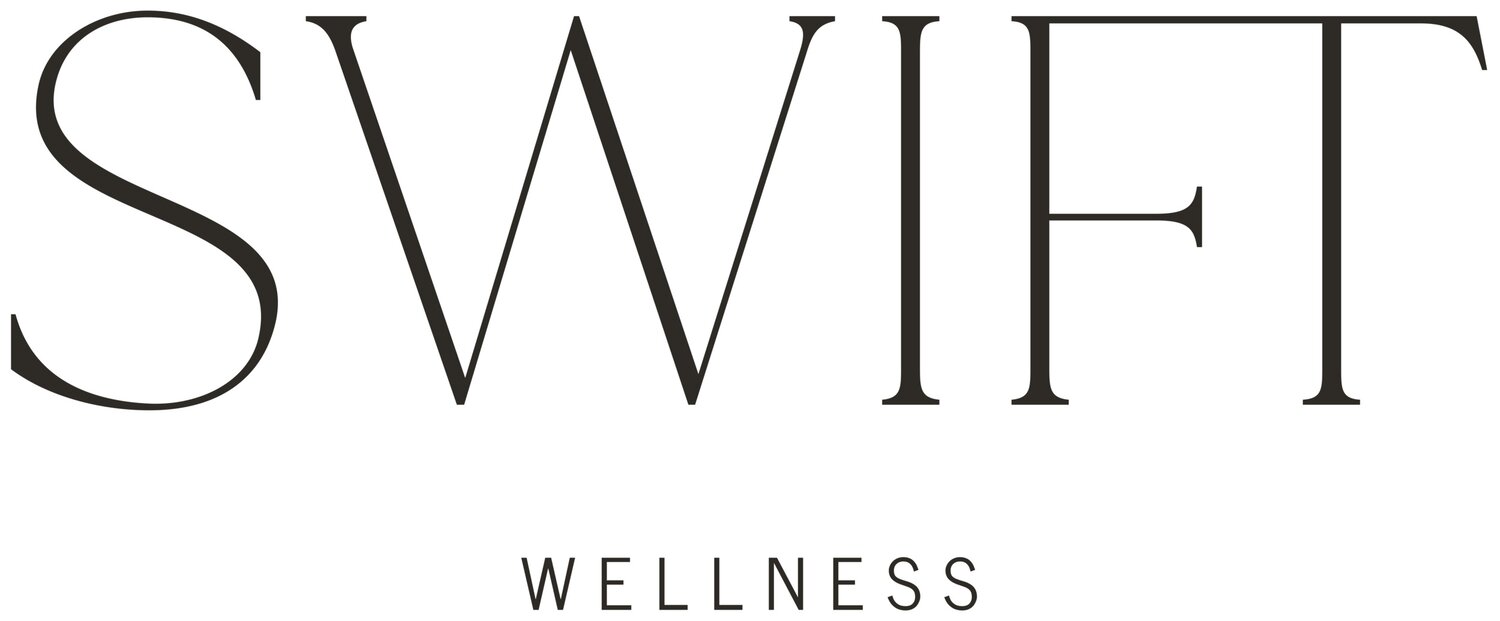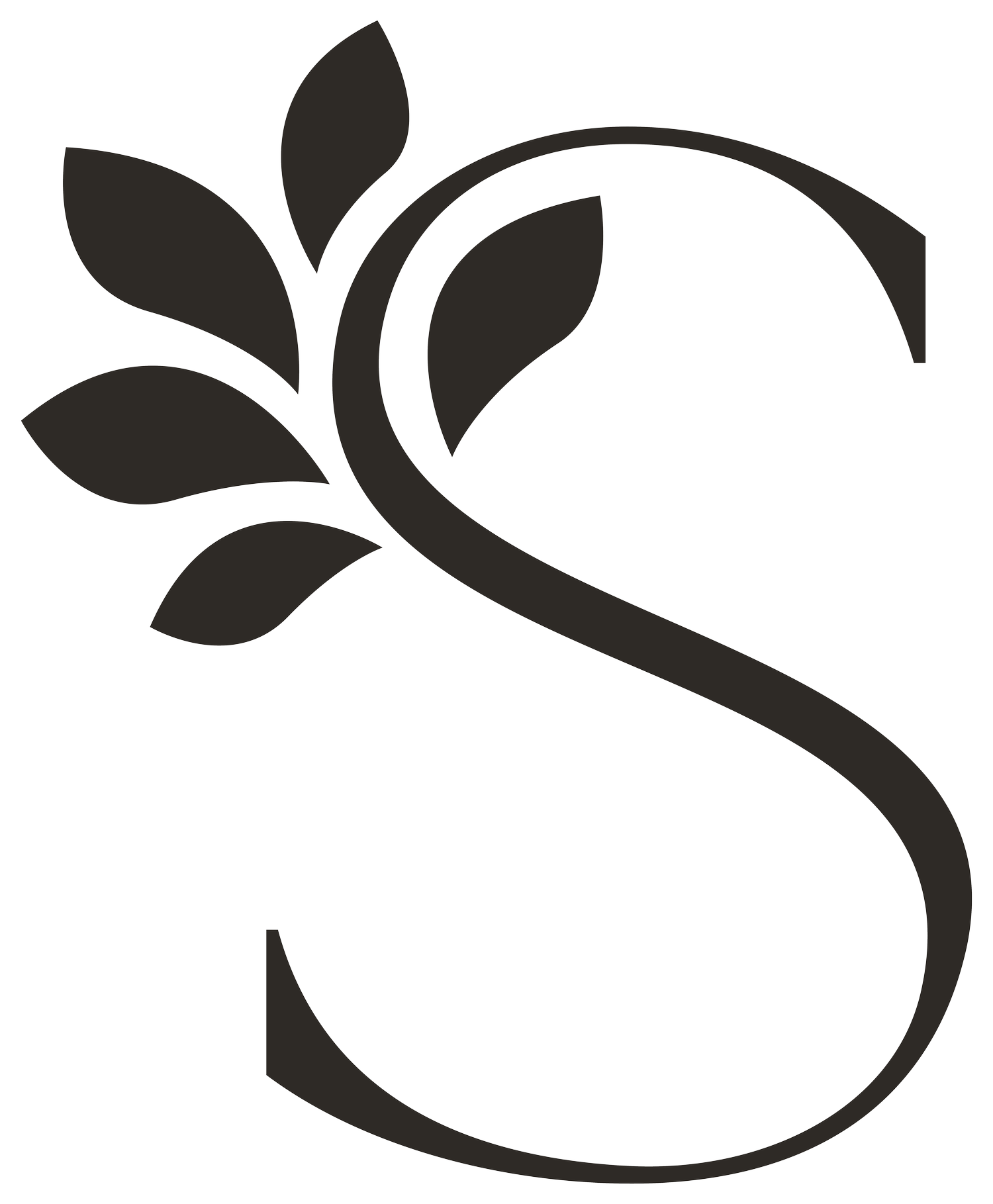Healing My Relationship With Movement While Having A Chronic Illness
This page may contain affiliate links. As an Amazon and Rewardstyle affiliate, we may earn a small commission for any purchases made through these links. Click here for the disclosure statement.
I was diagnosed with an auto-inflammatory disease in April of 2021. Pain and discomfort have always been a part of my life, but doctors scared me and were unreliable, so I never got the answers I needed. Especially during COVID, going to a doctor felt like something I needed to do only when it was the worst-case scenario. In April--the worst-case scenario happened--and my heart almost stopped.
After a 3-week fever, multiple emergency room visits, and negative tests, I was told to go home and rest. My pain got worse and worse, until finally—I was sent to a cardiologist where I was told the membrane around my heart had filled with fluid, I was hemorrhaging, and I needed to get the fluid removed immediately before my heart was squished to a stop.
A few days earlier, I had gone on a hike with my partner. I still had a mild fever, but I figured since I had been lying down for days at a time, going on a little masked walk would make me feel better. I know now that that walk likely only made it worse.
My relationship with movement has always been complicated. Movement was always too attached to diet culture for me and it has been hard to unravel it. I would often feel ashamed whenever I didn't feel “strong enough” or “fit enough.” That shame feeling meant that I just didn’t move at all.
When I started doing trauma work, I realized how much that trauma impacted my body. Moving my body became a reminder of that, too. If I were to stretch, I could feel how the stress had accumulated in my upper neck; I could feel my body’s hesitation to take a deep breath because my nervous system was always in freeze mode.
After finding a therapist who encouraged me to spend more time in my body instead of dissociating from it, she invited me to consider movement as a way to reparent myself. She reframed movement as something that I am doing to take care of myself—and nourish my body—not as something that I needed to do to prove my “enoughness.”
I began to go on hikes every week. Some weeks I would go with my partner, and we would pick a new park and drive as far as a couple of hours to find a trail we could explore. Some days I’d go by myself and be present in the experience of the smells of the leaves and the sound of the gravel beneath my feet. Hiking and spending time in nature became a ritual that I would return to in moments of grief or pain—which is why I went on a hike even when I was sick.
““I don’t know if I’ve ever felt safe in my body. Whether that be because I was put in unsafe situations out of my control or I put myself in unsafe situations because I didn’t think I deserved anything better. “”
I don’t know if I’ve ever felt safe in my body. Whether that be because I was put in unsafe situations out of my control or I put myself in unsafe situations because I didn’t think I deserved anything better. Feeling unsafe has been my starting baseline. My parents also taught me the narrative that being sick meant being “broken.”
Whenever something went wrong with my health as a kid, I felt like I had failed and was ignored. My body became this thing I resented because it never “worked.” Hiking was the first thing I could do that felt like I was un-conditioning myself from the “broken” narrative I had so deeply internalized.
After my diagnosis in April, movement became unavailable to me in the ways that I once knew. Hiking became painful. I would have fears about going alone because I would fear having a flare-up or having a hard time breathing on the trail and being unable to get back to the trailhead. Some days, I would be in so much pain that even getting out of bed was out of the question.
I cannot talk about healing my relationship with movement without talking about ableism. I have an immense amount of privilege in my body. Despite my chronic illness, I am still able-bodied in many ways. It’s important to remember that disability is not always visible. In fact, it may be important to ask if disability is actually “invisible” or if people are just conditioned to think of disability in a certain way. I can also access healthcare in ways that many others cannot, which is a privilege many people don’t think about.
““Despite my chronic illness, I am still able-bodied in many ways. It’s important to remember that disability is not always visible. In fact, it may be important to ask if disability is actually ‘invisible’ or if people are just conditioned to think of disability in a certain way.””
When learning about disability justice and taking action towards making places, systems, and institutions more accessible, we have to center the most marginalized. It’s also important to acknowledge, as Hilary McBride writes in her book, The Wisdom of Your Body, “It is systemically oppressive, and simply untrue, to say that a body is good only when it is physically able, in full health, or developing in a typical way.”
When my chronic illness seriously started to impact my daily tasks, I felt that feeling of “not-enoughness” creep back in. Truth be told, I thought being in pain was just normal. I thought that everyone was in pain a little bit all the time. When I would communicate to doctors about the pain I was having, it would often get dismissed due to the immense amount of misogyny and ableism the healthcare system must unpack. Turns out, not everyone is in pain all the time.
““With each present movement, I rewire the pathway in my brain that says my body is unsafe. When I create safe conditions for myself to move my body, I remind myself that I am safe now, that I have the tools to take care of myself, and can ask for help when I need it.””
One of the hardest parts about movement, chronic illness, and the way diet culture has woven its way through it all, is that it’s so dismissive when someone says something like “just do some yoga,” or offers some other kind of movement-based advice that I am not particularly looking for. It’s true, yoga can be immensely helpful for many people. It can be helpful for me on some days, but movement can be triggering—both emotionally and physically. I’ve had to unravel my own internalized ableism and reckon with what people view as “help” when talking to someone with chronic illness.
Healing my relationship to movement means reframing what movement is and learning to be okay when I cannot move. It has meant limiting my intake of any media that perpetuates toxic diet culture, drawing boundaries with people who are trying to help me or give me advice, and advocating for myself at the doctor’s office when I don’t feel I’m getting the care I need.
““Healing my relationship to movement means reframing what movement is and learning to be okay when I cannot move. It has meant limiting my intake of any media that perpetuates toxic diet culture, drawing boundaries with people who are trying to help me or give me advice, and advocating for myself at the doctor’s office ...””
I do not have the physical ability to hike for hours at a time like I used to or do intensive yoga. I cannot run because I run the risk of not being able to breathe, and my joints will become inflamed, leaving me to recover for days at a time. But I have to move to heal, to be in connection with myself. Because I hold so much of my trauma in my body, moving is the best way I have found to complete the stress cycle. With each present movement, I rewire the pathway in my brain that says my body is unsafe.
When I create safe conditions for myself to move my body, I remind myself that I am safe now, have the tools to take care of myself, and can ask for help when needed.
Healing this relationship has meant that I’ve reframed what movement means and looks like to me. Running a twin-sized quilt through the sewing machine is movement. Walking down the driveway to bring the trash cans back from the curb is movement. Cooking soup and moving from the cutting board to the pot is movement. Slowly walking to the community garden down the block is movement. Doing neck circles while typing at my desk is movement. Doing a gentle supine twist in bed is movement. A hike once a month is enough. I am enough.
More than anything, though, the most healing thing is accepting that this journey is not linear and my relationship to movement will always be complicated. In fact, when I first started thinking about this topic, I was in a much better place in navigating movement with my pain. But as I sit down to write now, I am in the middle of a flare-up and movement feels really inaccessible. I’ve barely left my bed all day.
Regardless of where I am on this non-linear path, the same things stay consistent—I (try to) practice self-compassion, (try to) listen to my body when it’s telling me to slow down, practice gratitude for all the ways in which I am able, advocate for disability justice, sit in the presence of safety when I feel it, and practice the utmost care when I don’t.
More Resources
Here are some resources for accessible movement, pleasure, disability justice, and connecting with the self:








Minimalism is more than just getting rid of unnecessary possessions; it liberates you from superfluous burdens and influences.